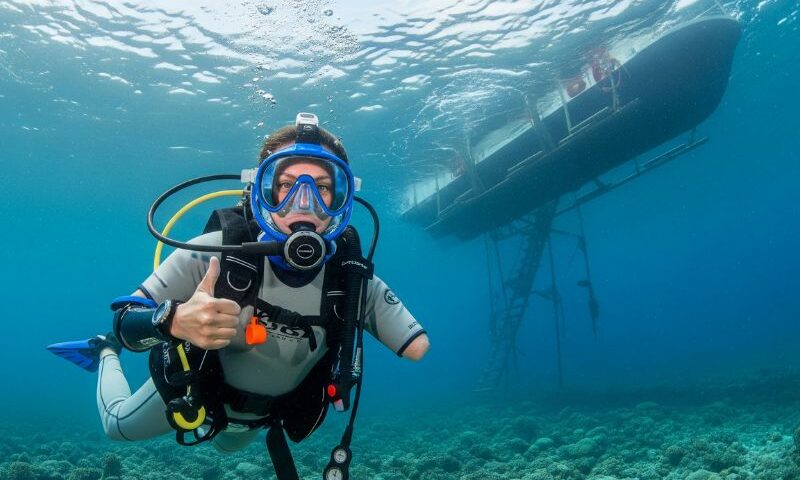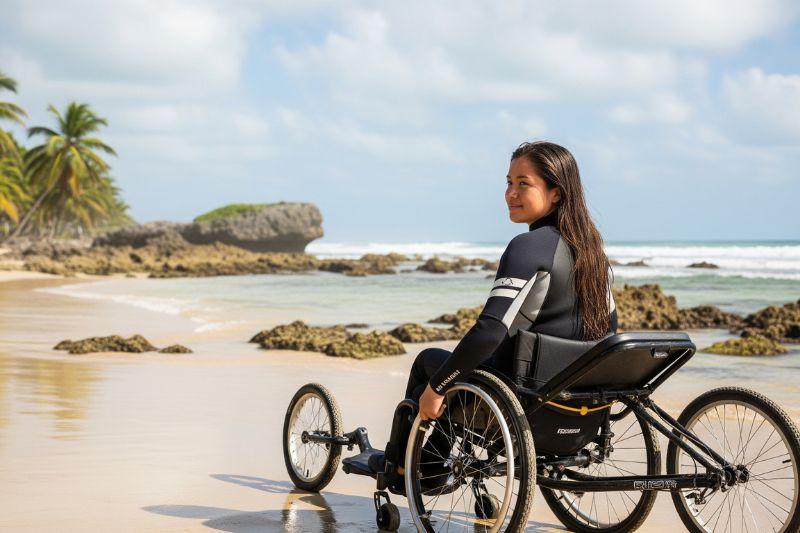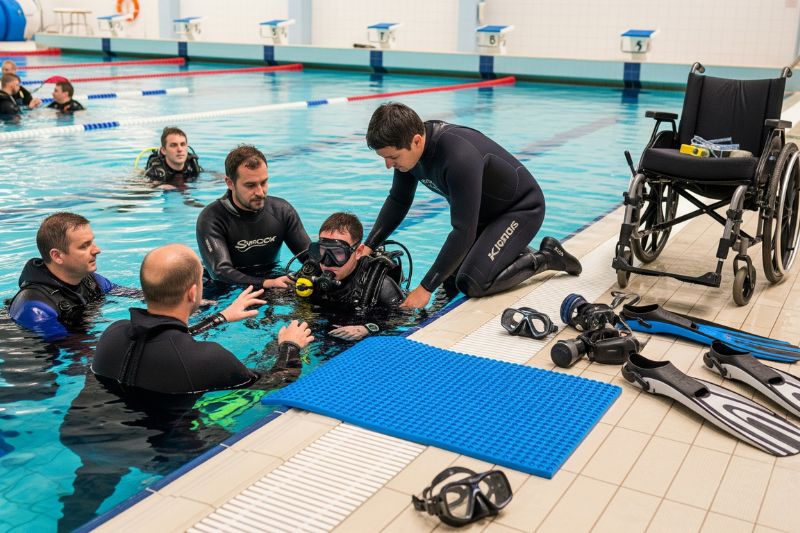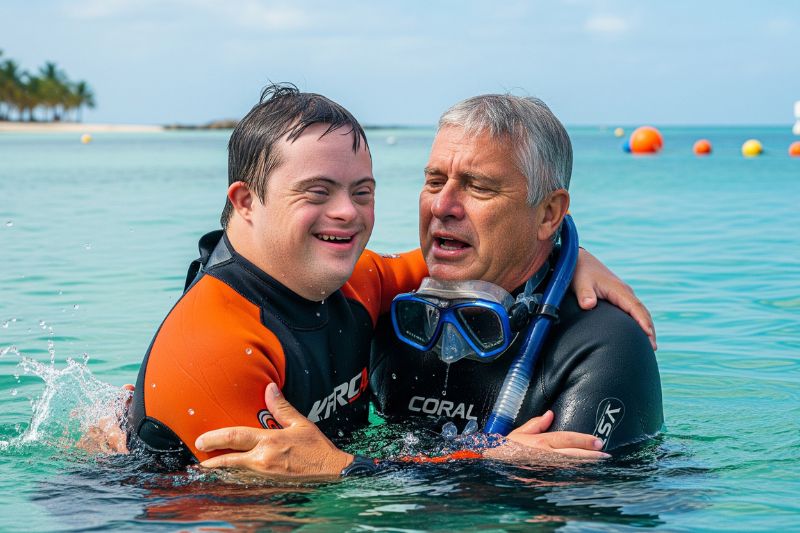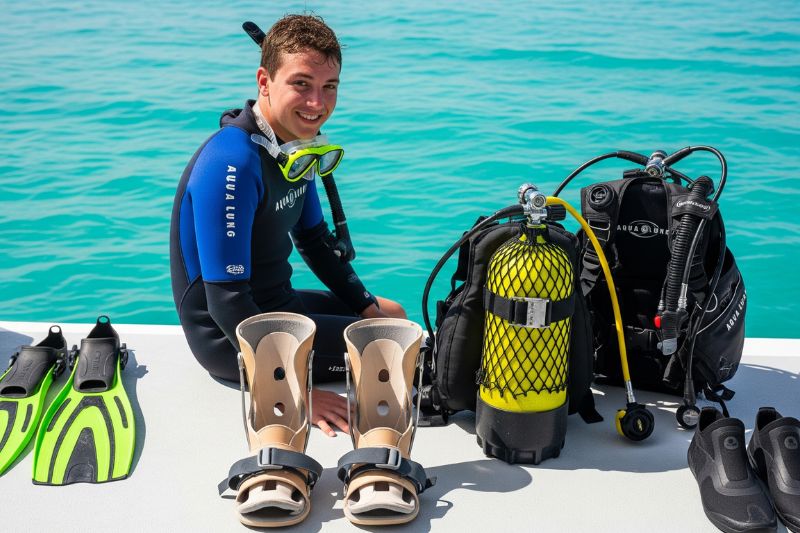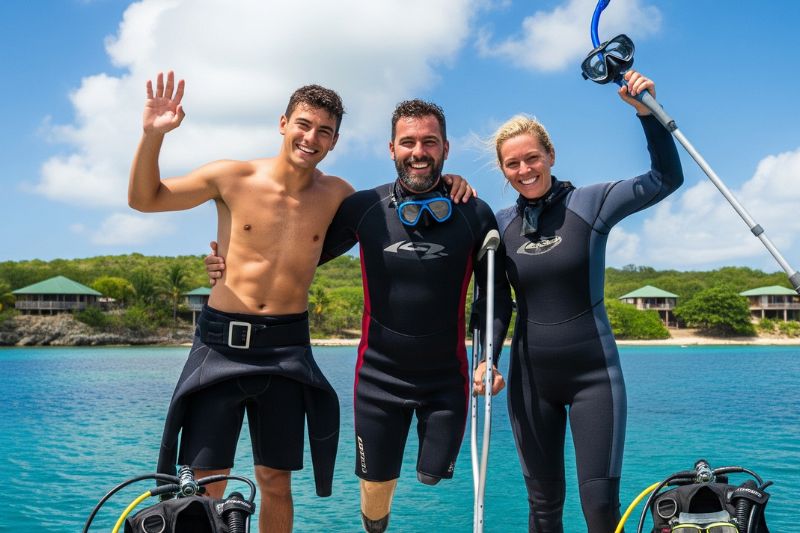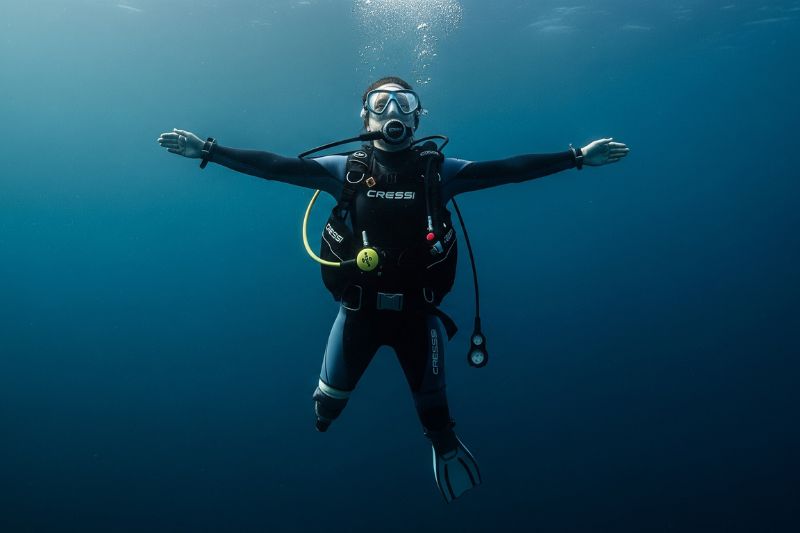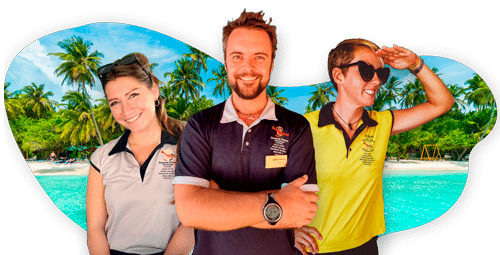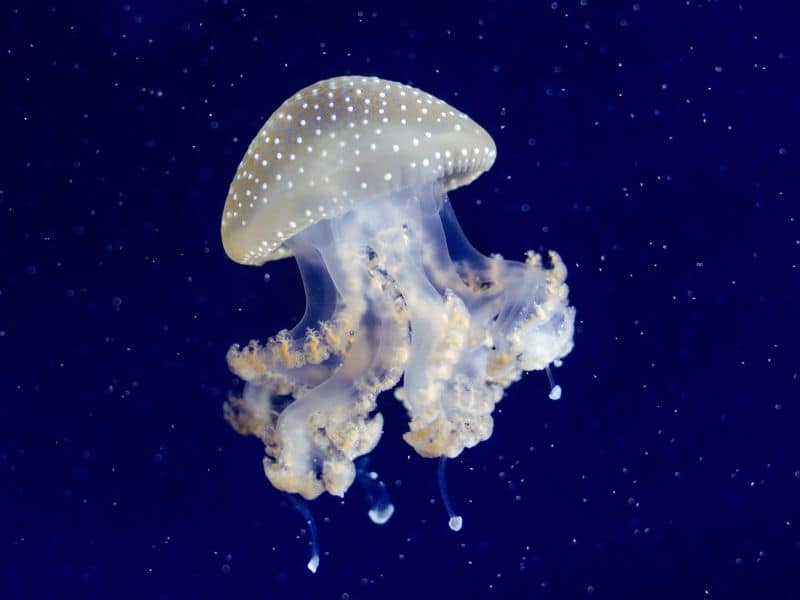4. Best Destinations for Adaptive Scuba Diving
If you’re looking for disabled scuba diving destinations that go beyond theory…
Places that make it genuinely easy, with experienced people who’ve done this a thousand times,
You’re in the right place.
At Dressel Divers, we’ve been offering scuba diving with disabilities since we opened our doors in 1983.
Not because it’s trendy.
Not for marketing.
But because we believe in diving for everyone, no labels, no limits.
Want to know our top spots for handicapped scuba diving?
Take note. Get ready. And start smiling.
Cozumel, Mexico: A Caribbean Gateway to Paradise
Private dock? Check.
You board the boat straight from the dock,no extra steps, no stress.
Your dive gear and our team are ready for you onboard.
Cozumel is a favorite for divers with disabilities.
Why?
Because access is smooth. The marine life is stunning.
And the reef? Absolutely breathtaking.
We’ve already dived here with people with limited mobility, wheelchair users, and those with sensory disabilities.
Every single one came out of the water smiling.
Puerto Aventuras, Mexico: All About Comfort
The dock is just a few steps from the Puerto Aventuras dive center. No stairs, no hassle.
We’ve got accessible paths, handrails, ramps, and a team fully trained to support you.
Calm waters + easy logistics = the perfect spot for first-time adaptive divers, or anyone who just wants to relax and enjoy.
Montego Bay, Jamaica: Easygoing Tropical Vibes
The dock is built right into the resort.
If you’re looking for laid-back diving with genuine support and friendly smiles,Montego Bay is your place.
Many of our divers with partial or total paralysis have had their very first bubbles here,and keep coming back for more.
Bayahibe, Dominican Republic: The Easiest Diving in the DR
Private dock. Huge boats.
A team with over 20 years of experience in scuba diving with disabilities.
In Bayahibe, underwater scenery is postcard-perfect: crystal-clear water, gentle currents, and vibrant marine life.
At Dressel Divers, handicapped scuba diving isn’t a side offering,it’s part of our daily routine.
And when you dive with us, you’ll do it with the highest safety standards.
Ready to join us?




